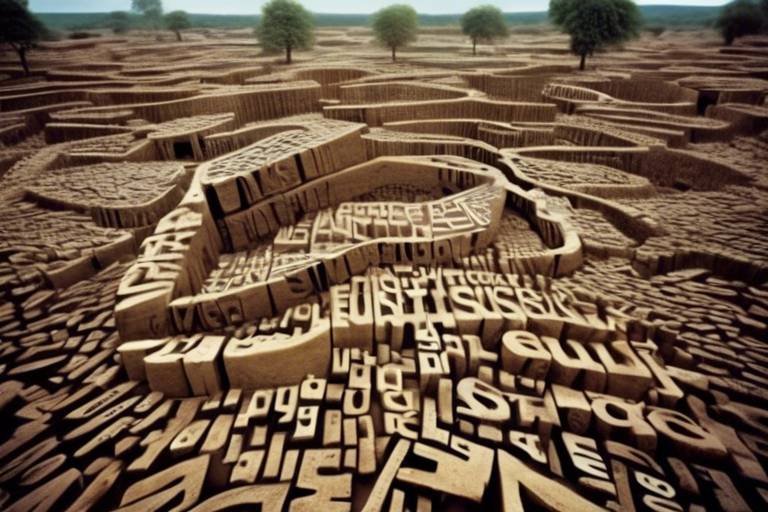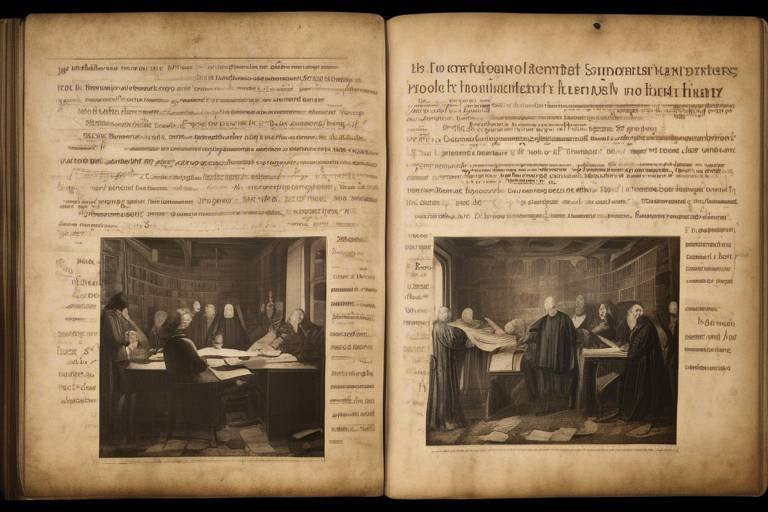The Legacy of Ancient Egyptian Civilization in Modern Society
Exploring the enduring impact of Ancient Egyptian culture, art, architecture, and innovations on contemporary society, from influencing modern art and design to shaping historical understanding and inspiring technological advancements.
Ancient Egypt, with its rich history and remarkable achievements, continues to leave an indelible mark on the modern world. The legacy of this ancient civilization transcends time, influencing various aspects of contemporary society in profound ways. From art and architecture to technology and governance, the echoes of Ancient Egypt resonate through the corridors of history, shaping our present and inspiring our future.
One of the most striking aspects of Ancient Egyptian civilization is its artistic legacy. The intricate hieroglyphics, majestic sculptures, and vibrant paintings of the ancient Egyptians continue to captivate artists, designers, and architects worldwide. The timeless aesthetic appeal of Egyptian art forms serves as a wellspring of inspiration for modern creators, infusing their works with a sense of mystique and grandeur.
The architectural marvels of Ancient Egypt stand as testaments to the ingenuity and engineering prowess of the ancient builders. The iconic pyramids, majestic temples, and elaborate tombs not only awe visitors with their grandeur but also influence modern architectural practices and construction techniques. The legacy of Ancient Egyptian architecture lives on in the urban landscapes of today, reminding us of the enduring power of human creativity and innovation.
Moreover, the cultural practices, religious beliefs, and societal norms of Ancient Egypt continue to shape modern rituals, traditions, and values. The reverence for the afterlife, the importance of ma'at (balance and harmony), and the intricate social hierarchies of ancient Egyptian society find echoes in contemporary customs and behaviors, providing a fascinating link between the past and the present.
When we delve into the technological advancements of Ancient Egypt, we uncover a treasure trove of innovation and progress. The development of the calendar, advancements in medicine, and sophisticated irrigation systems demonstrate the ancient Egyptians' remarkable grasp of science and engineering. These ancient inventions have paved the way for modern scientific discoveries and technological breakthroughs, underscoring the enduring legacy of Ancient Egypt in the realm of knowledge and progress.
Furthermore, the historical significance of Ancient Egyptian civilization cannot be overstated. The impact of Egypt on world history, from shaping political structures to influencing cultural exchanges, reverberates through the annals of time. By delving into the mysteries of Ancient Egypt, we gain a deeper understanding of our shared human heritage and the interconnectedness of civilizations across millennia.
The enduring legacy of Ancient Egyptian language and writing systems is another testament to the cultural richness of this ancient civilization. The enigmatic hieroglyphics and intricate texts of the Egyptians continue to fascinate linguists, historians, and scholars, shedding light on the evolution of language and communication. The influence of Ancient Egyptian literature resonates in modern linguistic studies and literary traditions, underscoring the enduring power of storytelling and written expression.
Exploring the social structure, governance systems, and economic practices of Ancient Egypt reveals insights into the foundations of modern society. The organizational hierarchies, governance models, and economic principles of ancient Egyptian society find parallels in contemporary structures, offering a glimpse into the enduring impact of ancient societal norms on present-day institutions and systems.
In conclusion, the legacy of Ancient Egyptian civilization in modern society is a tapestry woven with threads of art, architecture, culture, technology, history, language, and governance. As we navigate the complexities of the modern world, we are guided by the enduring wisdom and ingenuity of the ancient Egyptians, whose legacy continues to shape our collective journey through time.
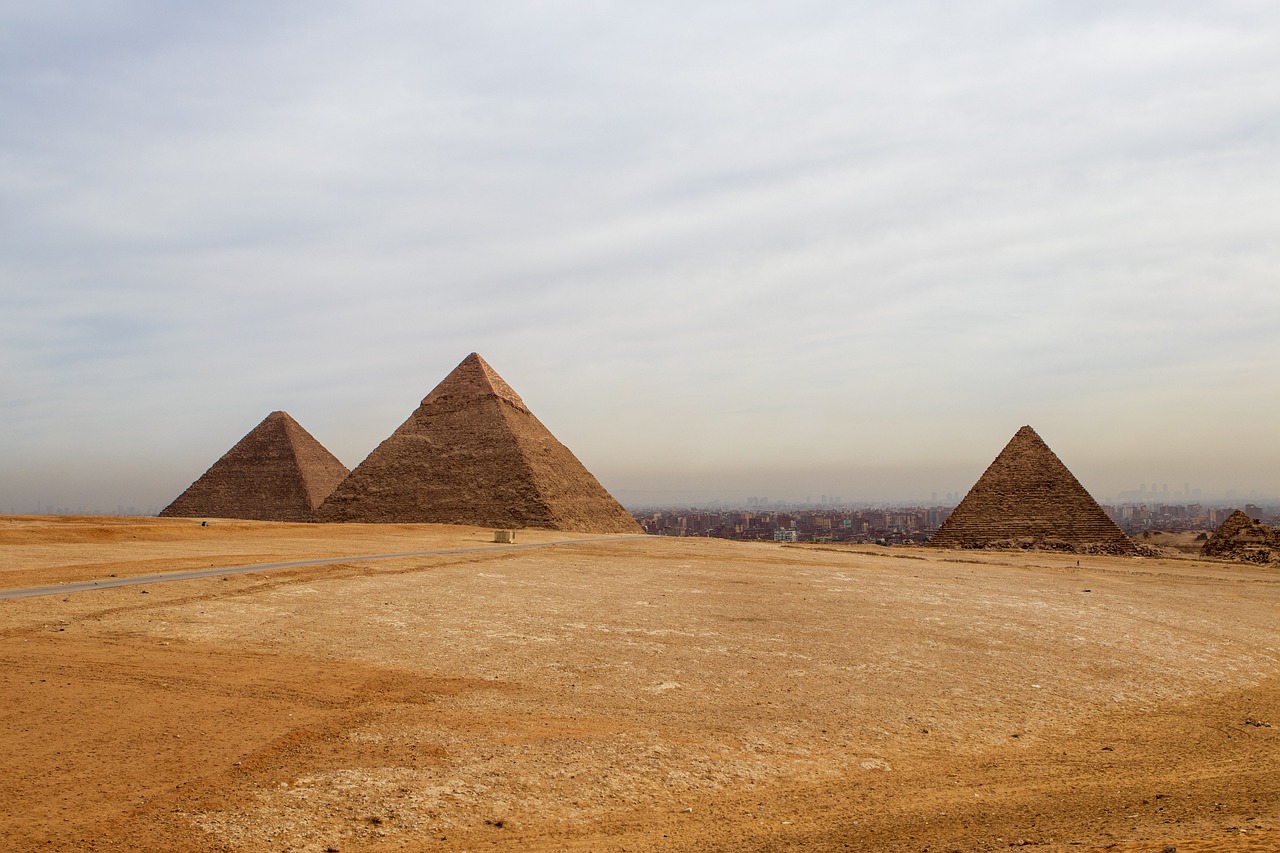
Artistic Influence
The artistic influence of Ancient Egyptian civilization on modern society is profound and far-reaching. The intricate art forms of the ancient Egyptians, such as hieroglyphics, sculptures, and paintings, have left an indelible mark on contemporary art, design, and architecture. These timeless creations continue to inspire artists, designers, and architects worldwide, contributing to a rich aesthetic heritage that transcends time and geography.
Ancient Egyptian art, with its symbolic representations and intricate details, serves as a wellspring of inspiration for modern creators seeking to infuse their work with depth and meaning. The iconic imagery of pharaohs, gods, and mythical creatures, depicted in vivid colors and intricate patterns, resonates with audiences across cultures and generations.
Moreover, the mastery of form and proportion displayed in ancient Egyptian sculptures and reliefs has influenced the sculptural traditions of various civilizations throughout history. The enduring appeal of these art forms lies in their ability to communicate complex narratives and spiritual beliefs through visual storytelling, transcending linguistic and cultural barriers.
Architecturally, the grandeur and precision of Ancient Egyptian structures, such as the pyramids, temples, and tombs, have inspired modern architects and designers in their quest for innovative and awe-inspiring creations. The monumental scale, geometric precision, and symbolic significance of these architectural marvels continue to captivate and inspire awe, serving as a testament to the ingenuity and engineering prowess of the ancient civilization.
The artistic legacy of Ancient Egypt is not merely a relic of the past but a living tradition that continues to shape contemporary artistic expressions and design aesthetics. By delving into the artistic heritage of this ancient civilization, we gain a deeper appreciation for the enduring power of creativity and imagination in bridging the gap between past and present.

Architectural Marvels
When we think of Ancient Egypt, one of the first things that come to mind is its remarkable architectural marvels that have stood the test of time. The pyramids, temples, and tombs of Ancient Egypt continue to captivate the world with their grandeur and mystique. These monumental structures not only served as burial places for pharaohs but also as symbols of power, eternity, and divine connection.
The Great Pyramid of Giza, one of the Seven Wonders of the Ancient World, is a testament to the incredible architectural prowess of the ancient Egyptians. Built with precision and ingenuity, the pyramid's construction remains a marvel even by today's standards. The alignment of the pyramids with the stars, the intricate passageways inside, and the sheer scale of the structures leave us in awe of the ancient builders' skills.
Ancient Egyptian temples, such as the Temple of Karnak and the Temple of Luxor, showcase the architectural sophistication and artistic mastery of the civilization. These temples were not just places of worship but also centers of cultural and political activities. The intricate hieroglyphic inscriptions, colossal statues, and elaborate columns in these temples reflect the rich religious beliefs and ceremonial practices of the ancient Egyptians.
Furthermore, the tombs in the Valley of the Kings reveal the intricate burial practices and beliefs in the afterlife that were integral to Ancient Egyptian society. The elaborate decorations, paintings, and hieroglyphic texts inside the tombs provide valuable insights into the spiritual and funerary rituals of the time.
Modern architects and designers continue to draw inspiration from the architectural legacy of Ancient Egypt. The geometric shapes, symbolic motifs, and structural innovations found in ancient Egyptian buildings influence contemporary architectural designs, urban planning concepts, and construction techniques. The timeless beauty and enduring legacy of Ancient Egyptian architecture serve as a reminder of the civilization's remarkable achievements in the field of construction and design.
Through their architectural marvels, the ancient Egyptians have left an indelible mark on the world, shaping not only the physical landscape but also our understanding of human creativity, ambition, and cultural identity.
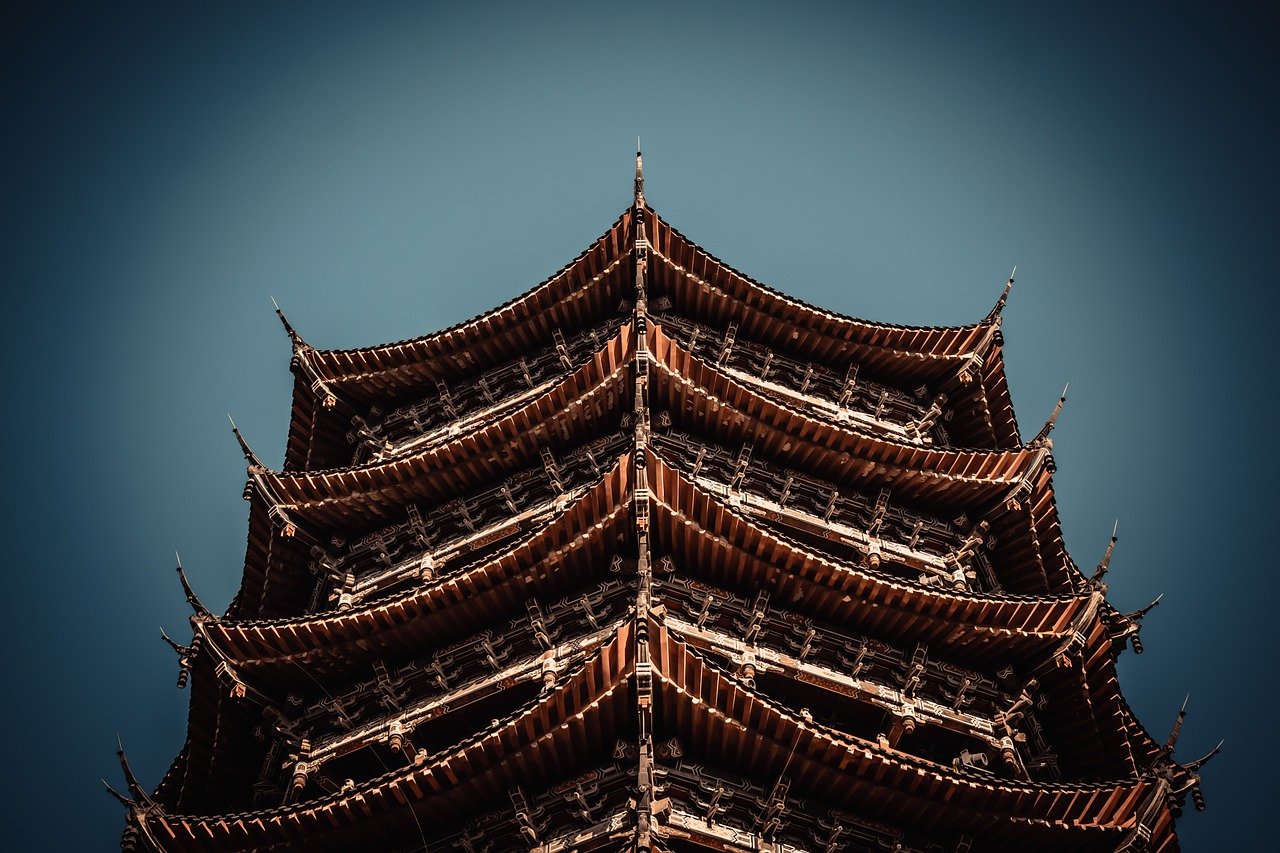
Cultural Practices and Beliefs
Exploring the enduring impact of Ancient Egyptian culture, art, architecture, and innovations on contemporary society, from influencing modern art and design to shaping historical understanding and inspiring technological advancements.
How Ancient Egyptian art forms such as hieroglyphics, sculptures, and paintings continue to inspire contemporary artists, designers, and architects worldwide, contributing to a timeless aesthetic appeal in modern creations.
The architectural wonders of Ancient Egypt, including the pyramids, temples, and tombs, and their influence on modern architectural practices, urban planning, and construction techniques, showcasing a lasting legacy of innovation and engineering excellence.
Exploring the enduring cultural practices, religious beliefs, and societal norms of Ancient Egypt that have persisted through time and continue to shape modern rituals, traditions, and values in various aspects of society.
Ancient Egyptian cultural practices and beliefs were deeply intertwined with their daily lives and religious rituals. The reverence for the afterlife, the importance of rituals, and the belief in gods and goddesses shaped their worldview and societal structure. The practice of mummification, the construction of elaborate tombs, and the belief in an afterlife all reflect the profound spiritual beliefs of the ancient Egyptians.
Furthermore, the concept of Ma'at, which symbolized truth, order, balance, and justice, was central to Egyptian society. This principle influenced their legal system, social interactions, and governance, emphasizing the importance of harmony and balance in all aspects of life. The legacy of Ma'at can be seen in modern ethical frameworks and principles that emphasize fairness, justice, and moral integrity.
Ancient Egyptian festivals, ceremonies, and traditions celebrated the cycles of nature, the changing seasons, and the agricultural abundance of the Nile River. These cultural practices not only honored their deities but also reinforced the interconnectedness of nature and human existence. The legacy of these cultural celebrations can be observed in modern festivals, holidays, and cultural events that continue to commemorate nature, harvests, and communal unity.
Examining the technological innovations and inventions of Ancient Egypt, such as the calendar, medicine, and irrigation systems, and their impact on modern science, technology, and engineering developments, highlighting a legacy of ingenuity and progress.
The profound impact of Ancient Egyptian civilization on shaping world history, influencing political structures, trade networks, and cultural exchanges, and fostering a deeper understanding of the past that informs present-day perspectives and interpretations.
The enduring legacy of Ancient Egyptian language, writing systems, and literature in modern linguistics, literature, and communication, showcasing the lasting influence of hieroglyphics and texts on contemporary language studies and literary traditions.
Exploring the organizational structure, governance systems, and societal hierarchies of Ancient Egypt and their parallels to modern governance models, social stratification, and power dynamics, highlighting the lasting impact of ancient societal norms on contemporary structures.
The economic systems, trade routes, and commercial practices of Ancient Egypt and their relevance to modern economic theories, globalization, and commerce, illustrating the enduring legacy of ancient trade networks and economic principles in today's interconnected world.

Technological Advancements
Exploring the enduring impact of Ancient Egyptian culture, art, architecture, and innovations on contemporary society, from influencing modern art and design to shaping historical understanding and inspiring technological advancements.
Ancient Egypt was a cradle of innovation, with advancements that continue to resonate in modern times. The ingenuity of the ancient Egyptians extended to various fields, leaving a profound impact on the development of science, technology, and engineering.
One of the remarkable technological achievements of Ancient Egypt was the development of a sophisticated calendar system. The Egyptian calendar, based on the observation of the annual flooding of the Nile River, demonstrated their advanced understanding of astronomy and timekeeping. This early calendar system laid the foundation for modern calendars and time reckoning methods that we use today.
In the realm of medicine, Ancient Egypt made significant contributions that influenced the evolution of healthcare practices. The Egyptians were skilled physicians who developed surgical techniques, medical instruments, and remedies for various ailments. Their knowledge of anatomy and treatments paved the way for advancements in the field of medicine, shaping the healthcare practices of the future.
Furthermore, the ancient Egyptians were adept at irrigation systems, harnessing the power of the Nile River to cultivate fertile lands and support agricultural productivity. Their innovative irrigation techniques not only sustained their civilization but also laid the groundwork for modern irrigation practices that are vital for agriculture worldwide.
Exploring the technological advancements of Ancient Egypt reveals a legacy of innovation and practical knowledge that has left a lasting imprint on modern science, technology, and engineering. The ancient Egyptians' quest for understanding and improvement continues to inspire contemporary innovators and serves as a testament to the enduring impact of their civilization on the progress of humanity.
Q: How did Ancient Egyptian technological advancements influence modern society?
A: The technological innovations of Ancient Egypt, such as the calendar, medicine, and irrigation systems, have shaped modern science, technology, and engineering developments. Their contributions continue to influence various aspects of contemporary society, demonstrating the lasting impact of ancient ingenuity.
Q: What role did Ancient Egyptian medicine play in the development of healthcare practices?
A: Ancient Egyptian medicine laid the groundwork for modern healthcare practices through the development of surgical techniques, medical instruments, and remedies. Their knowledge and understanding of anatomy contributed to advancements in medical science, influencing the evolution of healthcare practices.
Q: How did Ancient Egyptian irrigation systems impact agricultural practices?
A: The innovative irrigation systems developed by the ancient Egyptians, particularly along the Nile River, revolutionized agricultural practices by enabling efficient water management and crop cultivation. These ancient techniques set the stage for modern irrigation practices that are essential for sustainable agriculture.

Historical Significance
The historical significance of Ancient Egyptian civilization cannot be overstated, as it has left an indelible mark on the course of human history. Through its rich cultural heritage, monumental achievements, and enduring legacy, Ancient Egypt continues to shape our understanding of the past and influence present-day perspectives in profound ways.
One of the most remarkable aspects of Ancient Egypt's historical significance lies in its impact on shaping world history. The civilization's political structures, trade networks, and cultural exchanges played a pivotal role in the development of early societies and the establishment of international relations. The Nile River, often referred to as the lifeblood of Ancient Egypt, facilitated trade and communication, fostering connections with distant lands and influencing economic practices that resonate in today's globalized world.
Furthermore, the architectural marvels of Ancient Egypt, such as the iconic pyramids, temples, and tombs, stand as enduring testaments to the civilization's engineering prowess and artistic sophistication. These monumental structures not only serve as awe-inspiring landmarks but also provide valuable insights into Ancient Egyptian beliefs, rituals, and societal organization. The meticulous planning and construction techniques employed in building these structures continue to inspire modern architects and urban planners, reflecting a legacy of innovation and excellence that transcends time.
Ancient Egypt's historical significance also extends to its cultural practices and religious beliefs, which have endured through millennia and continue to influence contemporary rituals, traditions, and values. The intricate mythology, religious ceremonies, and funerary practices of Ancient Egypt offer a glimpse into the spiritual life of its people and provide a foundation for understanding the origins of various cultural customs observed today.
Moreover, the legacy of Ancient Egyptian civilization in the field of language and writing is equally profound. The development of hieroglyphics, a complex system of pictorial symbols used for writing, revolutionized communication in the ancient world and laid the groundwork for modern linguistic studies. The decipherment of hieroglyphic texts has unlocked a treasure trove of literary works, historical records, and religious texts, shedding light on the intellectual achievements and literary traditions of Ancient Egypt.
In conclusion, the historical significance of Ancient Egyptian civilization transcends mere antiquity; it represents a timeless legacy of innovation, creativity, and cultural richness that continues to resonate in modern society. By delving into the achievements and contributions of this ancient civilization, we gain a deeper appreciation for the enduring impact of Ancient Egypt on shaping the course of human history and inspiring generations to come.

Language and Writing
The legacy of Ancient Egyptian civilization in modern society extends far beyond its architectural marvels and cultural practices. One of the most enduring influences of Ancient Egypt is seen in the realm of language and writing. The intricate hieroglyphic system used by the ancient Egyptians has fascinated linguists, historians, and archaeologists for centuries, offering a window into the rich tapestry of their society.
Moreover, the impact of Ancient Egyptian writing goes beyond mere symbols on walls and papyrus scrolls. The decipherment of hieroglyphics has unlocked a treasure trove of literary works, religious texts, and historical records, shedding light on the beliefs, values, and daily life of the ancient civilization.
Furthermore, the legacy of Ancient Egyptian language is not confined to the past but continues to resonate in modern linguistic studies. Scholars have drawn parallels between the structure of ancient Egyptian grammar and syntax with contemporary language systems, highlighting the enduring relevance of this ancient language in understanding the evolution of human communication.
Additionally, the influence of Ancient Egyptian writing can be seen in the field of literature, where echoes of Egyptian myths, legends, and storytelling techniques reverberate in modern literary works. The timeless themes of love, betrayal, power, and redemption explored in ancient Egyptian texts continue to inspire writers and poets, bridging the gap between antiquity and the present.
In essence, the legacy of Ancient Egyptian language and writing transcends time and space, weaving a narrative thread that connects the past with the present. Just as the hieroglyphs adorned the walls of temples and tombs, their impact continues to shape our understanding of language, literature, and the enduring power of written communication.
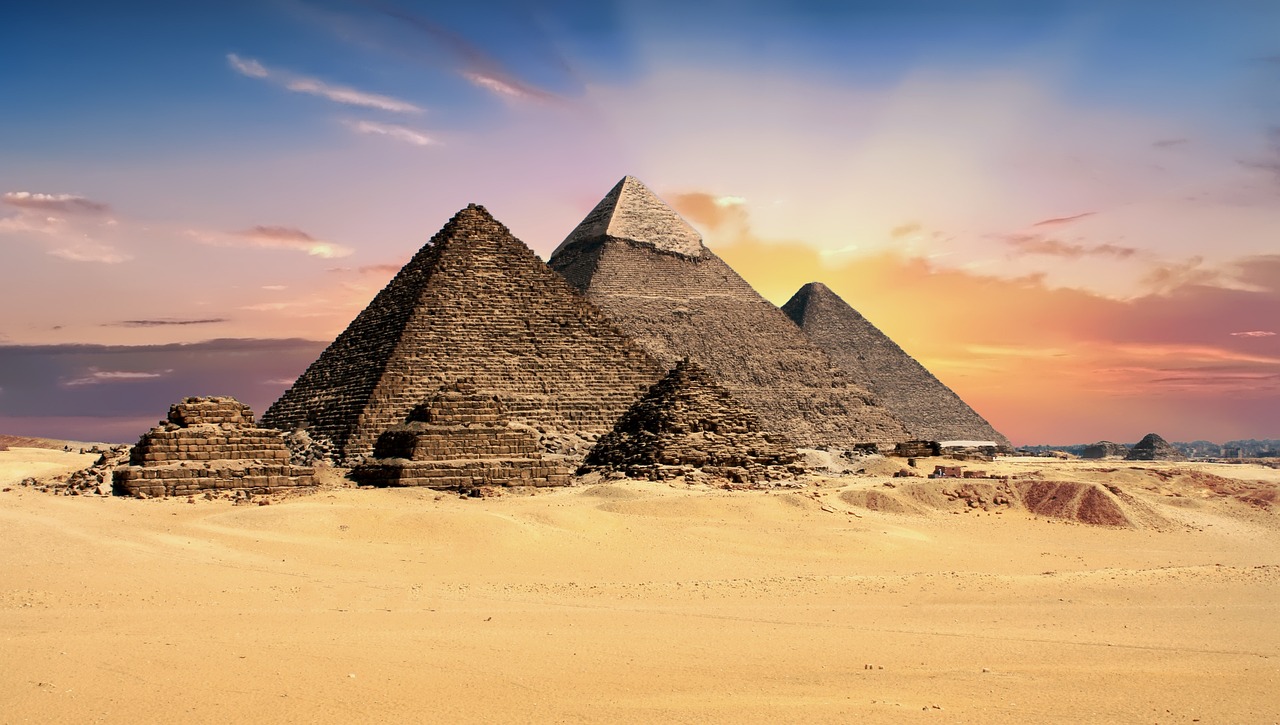
Social Structure and Governance
Exploring the organizational structure, governance systems, and societal hierarchies of Ancient Egypt reveals fascinating parallels to modern governance models and social dynamics. The ancient Egyptian society was intricately structured, with a clear hierarchy that dictated roles and responsibilities. At the top of the social pyramid were the pharaohs, considered divine rulers with absolute authority over the land and people. This centralized form of governance ensured stability and continuity in a society heavily reliant on agriculture and the Nile River.
Below the pharaoh were the nobles, priests, and government officials who managed administrative affairs, religious ceremonies, and regional governance. The priesthood held significant influence, serving as intermediaries between the people and the gods, shaping religious beliefs and practices. The common people, including farmers, artisans, and laborers, formed the majority of the population and supported the economy through their labor and agricultural production.
The social structure of Ancient Egypt also extended to gender roles, with distinct expectations for men and women in society. While men typically held positions of power and authority, women played essential roles in the household, family life, and religious ceremonies. Women could inherit property, conduct business, and even rule as pharaoh in rare instances, showcasing a level of gender equality not always present in other ancient civilizations.
In terms of governance, Ancient Egypt employed a complex bureaucratic system to manage taxation, law enforcement, and public works projects. Local officials oversaw daily operations in various regions, reporting to higher-ranking administrators who coordinated policies and decisions at the national level. The concept of ma'at, representing order, balance, and justice, guided legal proceedings and ethical conduct, emphasizing the importance of harmony and moral integrity in society.
Moreover, the construction of monumental structures such as temples, pyramids, and tombs served not only as religious centers but also as symbols of state power and authority. The architectural marvels of Ancient Egypt reflected the grandeur and wealth of the pharaohs, reinforcing their divine status and immortalizing their legacy for future generations to admire and study.
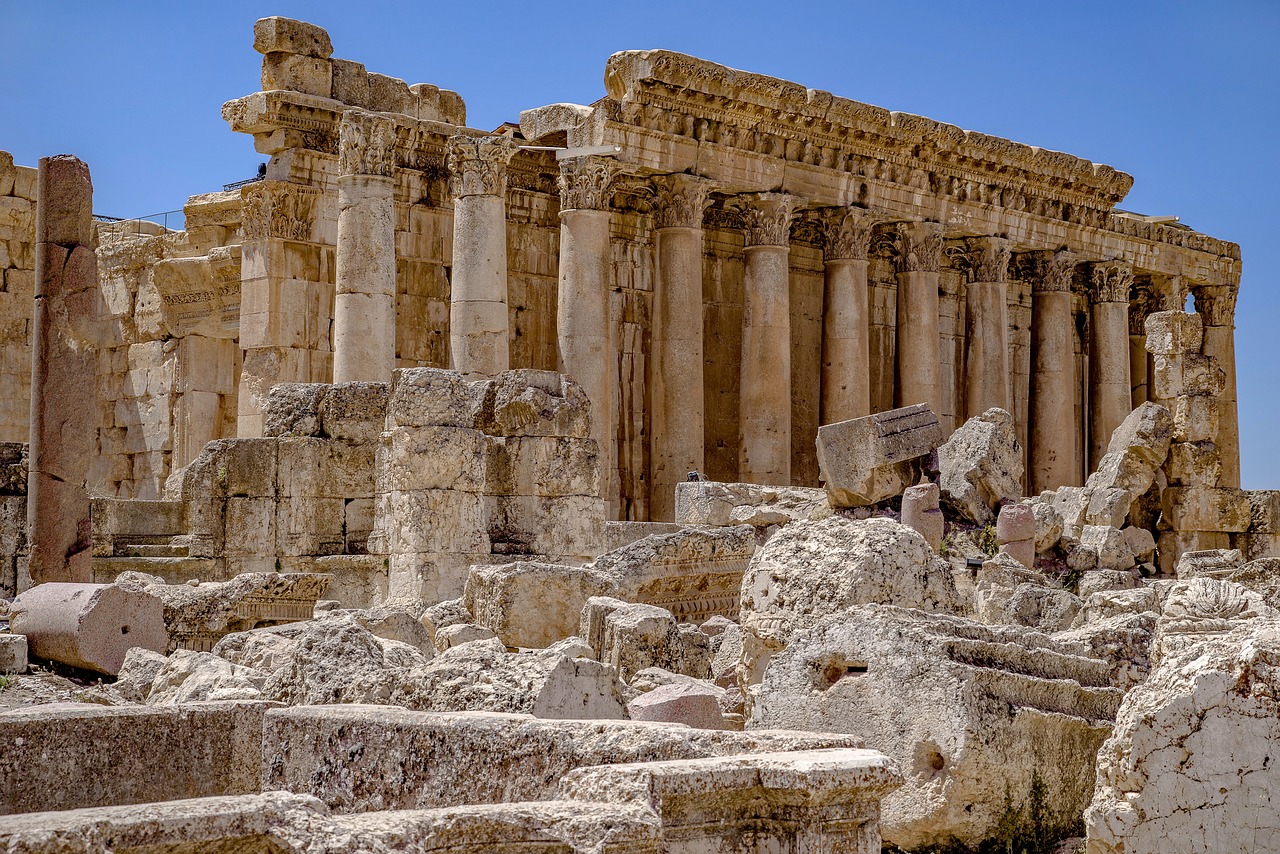
Economic Practices and Trade
The economic systems of Ancient Egypt were highly sophisticated for their time, with a focus on agriculture, trade, and commerce. The Nile River played a crucial role in the economic prosperity of the civilization, providing fertile land for farming and serving as a vital transportation route for trade. The Egyptians engaged in domestic trade as well as long-distance trade with neighboring regions and beyond, exchanging goods such as grain, papyrus, gold, and other commodities. This trade network not only facilitated economic growth but also promoted cultural exchange and diplomatic relations with other civilizations.
One of the key economic practices of Ancient Egypt was the use of a barter system for trade, where goods were exchanged directly without the need for a common currency. This system allowed individuals to trade surplus agricultural produce, crafts, and other goods for items they needed, fostering a sense of community and interdependence among the population. Additionally, the Egyptians developed a system of taxation to fund public projects, maintain infrastructure, and support the ruling elite, ensuring the stability and prosperity of the kingdom.
Moreover, the concept of international trade was prevalent in Ancient Egypt, with the civilization establishing trade routes with regions such as Nubia, Mesopotamia, and the Levant. These trade connections not only facilitated the exchange of goods but also led to the transfer of ideas, technologies, and cultural practices between different societies. The Egyptians were skilled negotiators and traders, using their strategic location and resources to establish lucrative trade partnerships and alliances that benefited their economy and society.
Frequently Asked Questions
- What is the significance of Ancient Egyptian art in modern society?
Ancient Egyptian art has had a profound influence on contemporary art, design, and architecture. Its iconic symbols, intricate hieroglyphics, and timeless aesthetic appeal continue to inspire artists and designers worldwide, shaping modern creations with a touch of historical elegance.
- How did Ancient Egyptian architecture impact modern building practices?
The architectural marvels of Ancient Egypt, such as the pyramids and temples, have influenced modern urban planning, construction techniques, and engineering practices. Their legacy of innovation and structural excellence continues to inspire architects and builders in the present day.
- What technological advancements were pioneered by Ancient Egyptians?
Ancient Egyptians were pioneers in various technological fields, including the development of the calendar, medical practices, and irrigation systems. These innovations have left a lasting impact on modern science, technology, and engineering, showcasing a legacy of ingenuity and progress.
- How did Ancient Egyptian societal structures influence modern governance models?
The organizational structure, governance systems, and societal hierarchies of Ancient Egypt have parallels to modern governance models and social dynamics. Understanding ancient societal norms provides insights into contemporary structures of power, authority, and social stratification.
- What is the enduring legacy of Ancient Egyptian language and writing systems?
Ancient Egyptian writing systems, including hieroglyphics, have left a lasting impact on modern linguistics, literature, and communication. The influence of these ancient texts can be seen in contemporary language studies and literary traditions, showcasing a rich cultural heritage.
- How did Ancient Egyptian economic practices shape modern commerce and trade?
Ancient Egypt's economic systems, trade routes, and commercial practices have relevance to modern economic theories, globalization, and commerce. The legacy of ancient trade networks and economic principles continues to influence today's interconnected global economy.














